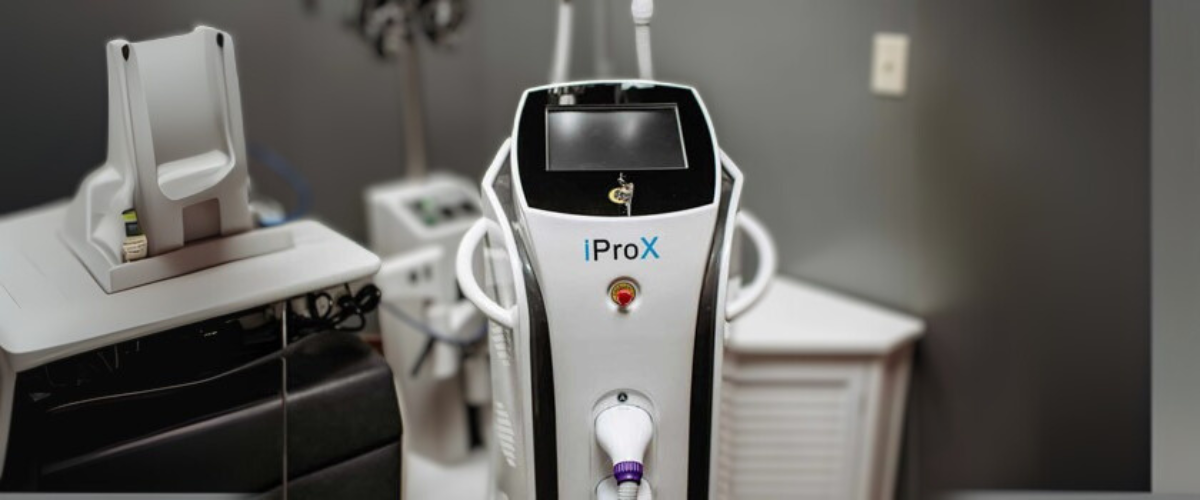
Launching or scaling a dry eye clinic can feel overwhelming when it comes to equipment decisions. There are dozens of devices to choose from and limited time to evaluate them all. Many doctors delay starting their dry eye program because they are stuck comparing equipment, weighing costs, and second guessing what to invest in first.
The truth is, there is no perfect machine. But you do need a clear strategy. This blog will help you understand how to prioritize your equipment choices based on practicality, workflow, and revenue impact so you can stop overanalyzing and start building a profitable dry eye program.
Myths That Keep Doctors Stuck
Many doctors believe they need every top tier diagnostic and treatment device in place before seeing their first patient. That mindset delays action and slows down growth.
Here is what you actually need to get started
-
One reliable way to evaluate meibomian gland health such as basic meibography
-
One treatment that can melt oil and deliver results like LipiFlow or an IPL device with a dry eye setting
-
A structured plan for how to present treatment options and follow up with patients
You do not need five different devices, in room diagnostics, or a full menu of treatments from day one. You need a system that fits your schedule and your practice flow.
Stop Kicking the Tires and Just Start
The doctors who succeed in dry eye are the ones who commit to doing it. They choose a simple starting point, build momentum, and grow from there.
If you have a meibographer and one treatment device, even if it is used or leased, you are ready. Add inflammation testing or tear osmolarity tools when it makes sense. Upgrade later as your patient volume grows.
A powerful reminder from a dry eye leader in our Gear Up webinar
Just do it. Get convicted. Get your staff behind it. Make a plan. It does not need to be perfect. It just needs to be consistent.
Equipment Recommendations That Make Sense
Here is a practical breakdown of what works well in most optometry or ophthalmology practices
Meibography
Essential for every dry eye patient
If your budget is limited, even an entry level device like the CA 800 or a used LipiScan can give you usable images. Put it next to your pretesting station and scan everyone
Thermal Pulsation or IPL
Automated, hands off treatments are ideal for busy practices
LipiFlow continues to be a favorite for efficiency. IPL with dry eye presets is a strong alternative. Avoid treatments that require high staff involvement unless your team is fully trained
Optional Add Ons
As you grow, consider noninvasive tear break up time analyzers, inflammation tests, or tear osmolarity tools
These will save time in the exam room and elevate your diagnostic precision, but they are not required to start
The Bottom Line
Make a decision, pick your first piece of equipment, and commit to your dry eye program. The worst equipment is the one you never use because you never get started
Start with what fits your budget and workflow. Focus on educating your team and patients. The revenue will follow
Watch the Full Gear Up Webinar
Want to hear directly from experts who have built successful dry eye programs? Watch the full Gear Up for Growth webinar replay at gethoot.com/events. You will hear actionable advice from doctors who have done it including their favorite equipment, workflow tips, and how they trained their teams to support growth
Ready to Launch Your Dry Eye Program?
Hoot helps you scale with patient education videos, treatment plan automations, and staff training support built for busy eye care practices. Visit gethoot.com/dry-eyes to see how we can help you grow faster and smarter
